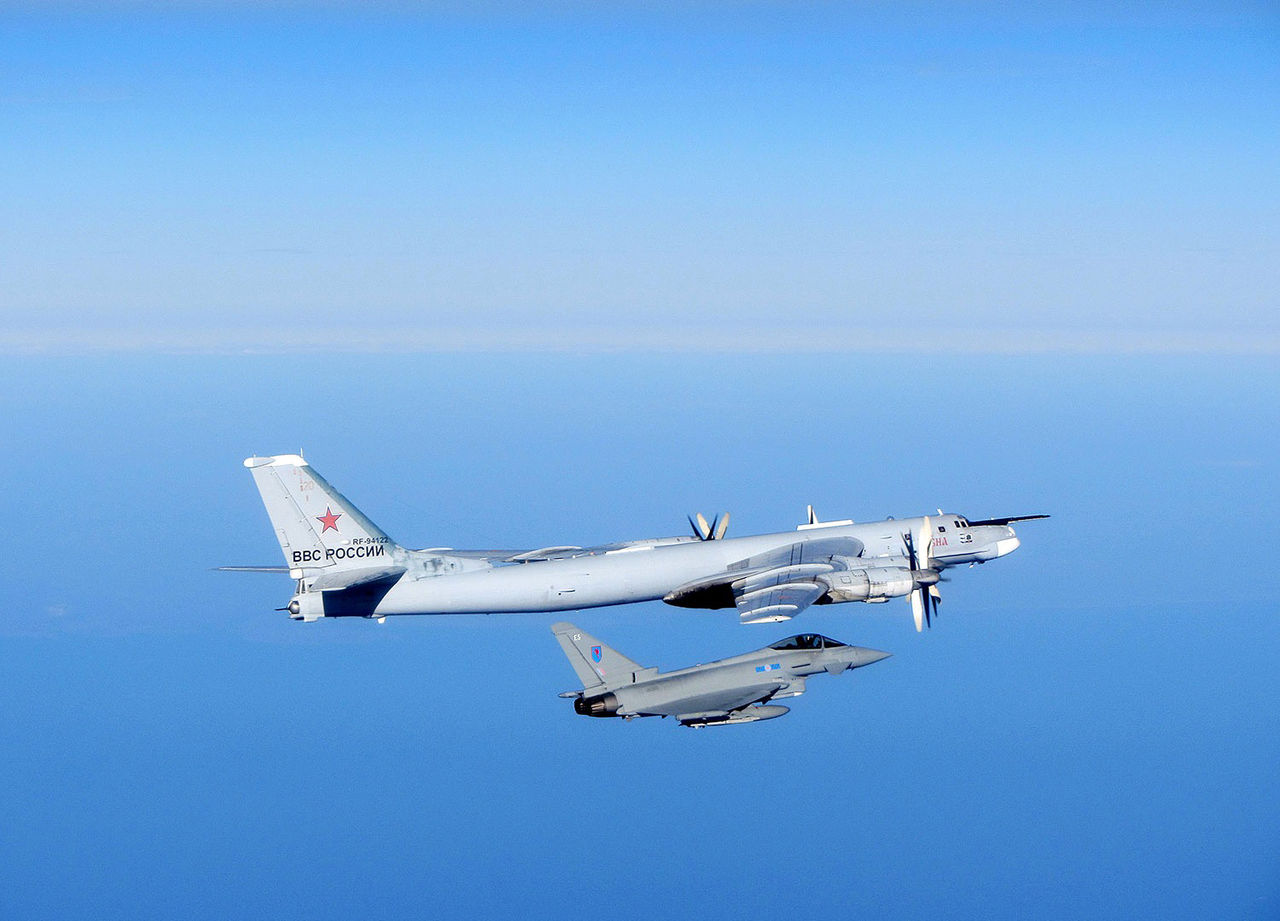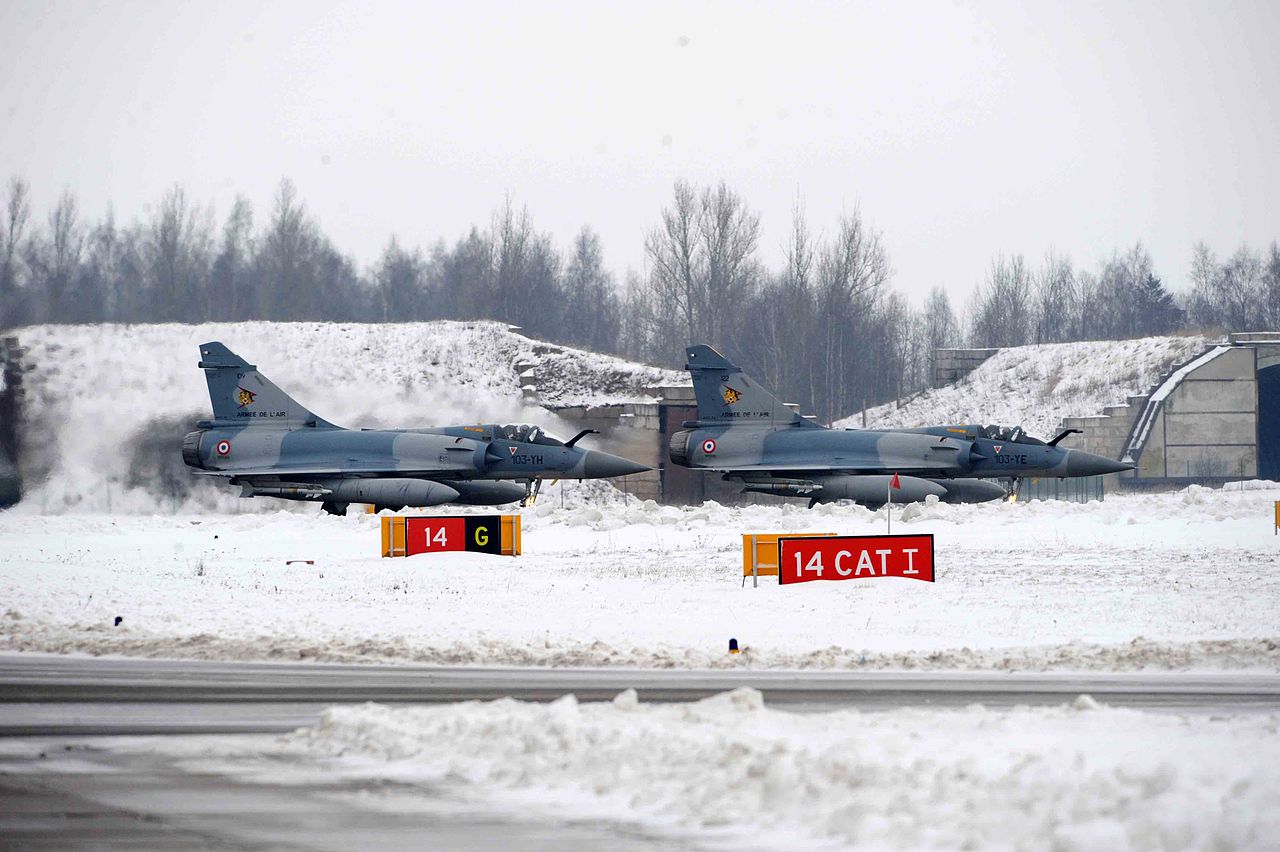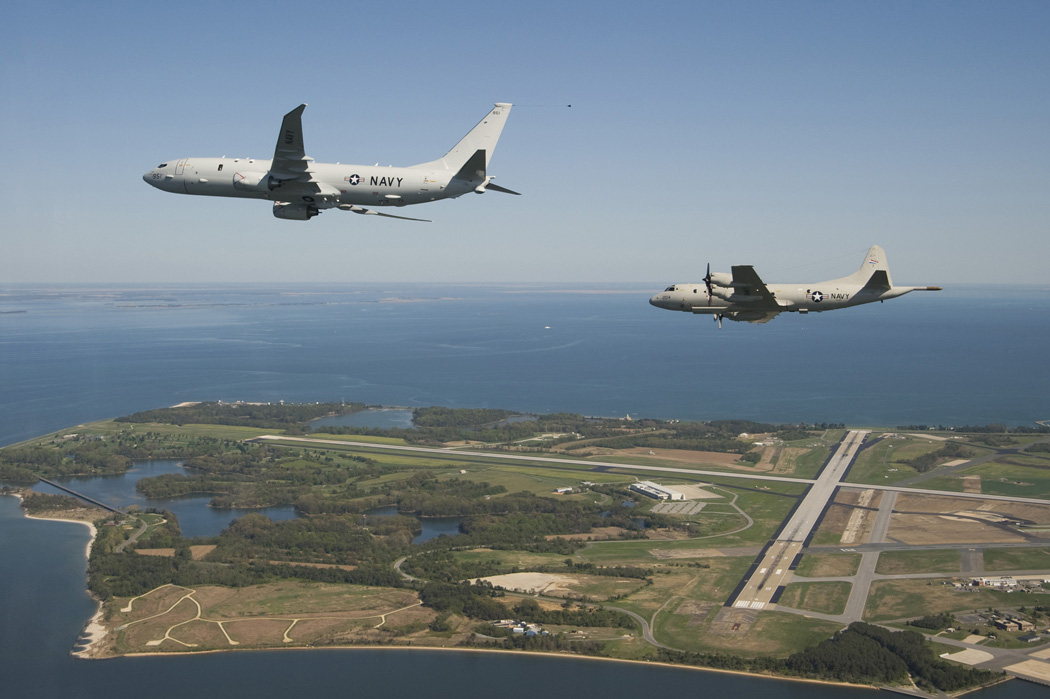air
Inside NATO’s Joint Air Power Strategy
In February, NATO Defence Ministers formally approved a Joint Air Power Strategy, marking the latest development in work that began during the 2014 Wales Summit, to give air defence the “longer-term consideration” then called for by the assembled national leaders. Dr Gareth Evans finds out what it contains.
The official press release states that this new strategy “lays out long-term guidelines in the development of NATO air capabilities and defines air force adaptation the Alliance will pursue in the future in accordance with the changes in security environment.”
Just what that all means in a practical sense, and perhaps most crucially, how these newly established ‘guidelines’ will help counter potential threats to NATO interests, however, remains unclear, leaving one simple but inevitable question.
Can this really form enough of a bulwark against what the 2016 Warsaw Summit Communiqué described as the “arc of insecurity and instability along NATO’s periphery and beyond” particularly now, when aggressive Russian posturing seems to acknowledge few bounds?
Addressing the shortfalls of joint air power resources
Air power has always formed a pivotal part in NATO’s portfolio of capabilities and competencies, and that role is growing. As Lieutenant General Joachim Wundrak, executive director of the Alliance’s Joint Air Power Competence Centre points out in his foreword to ‘Joint Air Power Following the 2016 Warsaw Summit; Urgent Priorities’, the use of joint air power has significantly increased since the end of the Cold War.
“This existing Joint Air Power problem has reinforced the need for the Alliance and its Member States to urgently address the shortfalls.”
While that has provided a flexible and highly responsive tool of huge strategic and operational importance, Lt. Gen. Wundrak also notes that over recent years, a number of NATO nations have drastically reduced their air power capabilities. He saw a very real resulting risk that the joint air power resources necessary to support the whole spectrum of operations and missions required might just not be available. “This existing Joint Air Power problem, in conjunction with the changing international security situation on the periphery of NATO, has reinforced the need for the Alliance and its Member States to urgently address the shortfalls in the field of NATO Joint Air Power capabilities and competencies,” he wrote.
The shape of strategy: countering Russian assertiveness
To date, few concrete details have been released of how the new strategy is intended to achieve that, but it is not too hard to imagine the general shape that it is likely to take, or, indeed, to see the drivers behind it. The current growing Russian assertiveness in the Baltic and probing of the Greenland, Iceland, United Kingdom (G-I-UK) gap, coupled with the Kremlin’s earlier outright aggression in Ukraine and Crimea speak to an increasing willingness to pursue political goals by forceful means.
These actions, in the words of the Warsaw Communiqué, “are a source of regional instability, fundamentally challenge the Alliance, have damaged Euro-Atlantic security, and threaten our long-standing goal of a Europe whole, free, and at peace.”
“Negating any possible Russian perception that such a window of advantage exists hinges very largely on the deterrence value of NATO air power”
Some defence analysts believe that NATO’s somewhat tentative response to all of this could perhaps embolden Russia to seize the initiative and move swiftly, betting against clear and timely counter-action from the Alliance. Moscow might then seek to consolidate its gains either through the threat of escalation, or, and probably more likely, by seeking a diplomatic resolution, even as NATO politicians struggled to find consensus.
Negating any possible Russian perception that such a window of advantage exists hinges very largely on the deterrence value of NATO air power, and the belief back in the Kremlin that there is a credible, agreed willingness amongst the member states to use it.
In practical terms, that surely must mean that the strategy will address the readiness of fighter aircraft and their crews, the availability of munitions and the capacity of airfields to conduct and sustain high-tempo, multi-sortie operations. In addition, the rules of engagement will need to be clear and unambiguous, and communication systems and ground infrastructure hardened against the kind of cyber attack that now seems to form the initial phase of any Russian action.

A Russian Bear aircraft is escorted by a Royal Air Force quick reaction alert Typhoon during an intercept in September 2014. Image: Crown Copyright / MoD
The A2/AD war: missile defence, early warning and fifth generation step-change
Once in the air, NATO aircraft would need to be able to win the anti-access area-denial (A2/AD) battle too. Russia has significant A2/AD assets deployed at key points around the Barents, Baltic and Black Seas which could pose an obvious potential threat to NATO operations in the event of conflict.
It is likely that part of the future-looking purpose of the new strategy will be designed to stay ahead of developments in this area, and to promote effective measures to negate and degrade Moscow’s ability to establish and enforce a no-fly zone should the need arise.
“Russia has significant A2/AD assets deployed at key points around the Barents, Baltic and Black seas.”
From a purely European perspective, the ongoing arrival of fifth generation fighters, primarily in the shape of F-35 Lightning II variants, on air force inventories will represent a major step-change in this capacity over the existing generation 4 and 4.5 fleets, which will probably also be something to be addressed.
In addition, missile defence and early warning systems would also seem probable candidates to be bolstered as part of the overall joint air power review, to enable a more robust and integrated approach to air defence for the long-term.

French Mirage fighters in Lithuania as part of NATO’s Baltic air-policing mission. Image: Ministry of National Defence Republic of Lithuania
Increasing border surveillance and reconnaissance
Beyond direct combat assets themselves, enabler capacity would seem to be another key area likely to feature. Surveillance and reconnaissance in particular will prove essential to provide early indications of impending Russian action on or near NATO’s borders, as much in peacetime as in the event of conflict.
There have been hints of this already, most notably with the recent trilateral partnership between the US, UK and Norway to use Poseidon P-8A to monitor the waters of the G-I-UK gap, to bolster the alliance’s anti-submarine warfare, anti-surface warfare, and intelligence, surveillance and reconnaissance capabilities in the North Atlantic.
It is not a huge jump to see intel-gathering drones and conventional force-enablers such as refuelling and strategic lift aircraft also included in similar arrangements, as today’s guidelines evolve to mould the shape of NATO’s future joint air capacity.
“The adversaries may come to believe that NATO could not, or would not, invoke Article 5.”
An effective strategy will unquestionably help form a cohesive approach to joint air operations, but while it may underpin credible deterrence, it is clearly not enough by itself. As General (ret.) Frank Gorenc, former commander of NATO’s Allied Air Command, has rightly pointed out, having the potential is not the same as having the ability in place, and combat ready.
“The lack of real alliance military power could invite aggression,” he warns in ‘Joint Air Power Following the 2016 Warsaw Summit – Urgent Priorities’. “The adversaries may come to believe that NATO could not, or would not, invoke Article 5 for lack of capability or capacity.”
Where NATO goes from here, and how the Joint Air Power Strategy develops in future, remains to be seen, but it has been a good start and demonstrates strong intent – and strength is perhaps one of the only things that Moscow respects. However, history tends to show that deterrence only really works when it is backed up by the means to make good on the implied threat. On that basis, it seems there is still some work to do.

The changing face of NATO maritime surveillance; today’s P-8A Poseidon flies alongside a Cold War-era P-3C Orion. Image: US Navy
go to top